Saber-Toothed Tigers Weren’t Actually Tigers

These fearsome predators belonged to a completely different family than modern big cats. Scientists believe Smilodon fatalis lived in groups because they found multiple individuals buried together in tar pits. Their massive canine teeth weren’t just for show either.
Pack hunting made sense for these bulky cats who couldn’t run as fast as their prey. Working together, they could take down massive mammoths and giant ground sloths that roamed ancient America.
Cave Lions Were Bigger Than Today’s Lions

Panthera spelaea was roughly 25% larger than modern African lions and dominated Europe during the Ice Age. Cave paintings from 30,000 years ago show these giants hunting in coordinated groups. Their social structure likely resembled today’s lions but on a much grander scale.
Imagine encountering a pride of these massive cats in a frozen landscape. Early humans certainly did, and the evidence suggests both species competed for the same cave shelters during harsh winters.
American Lions Ruled the Continent
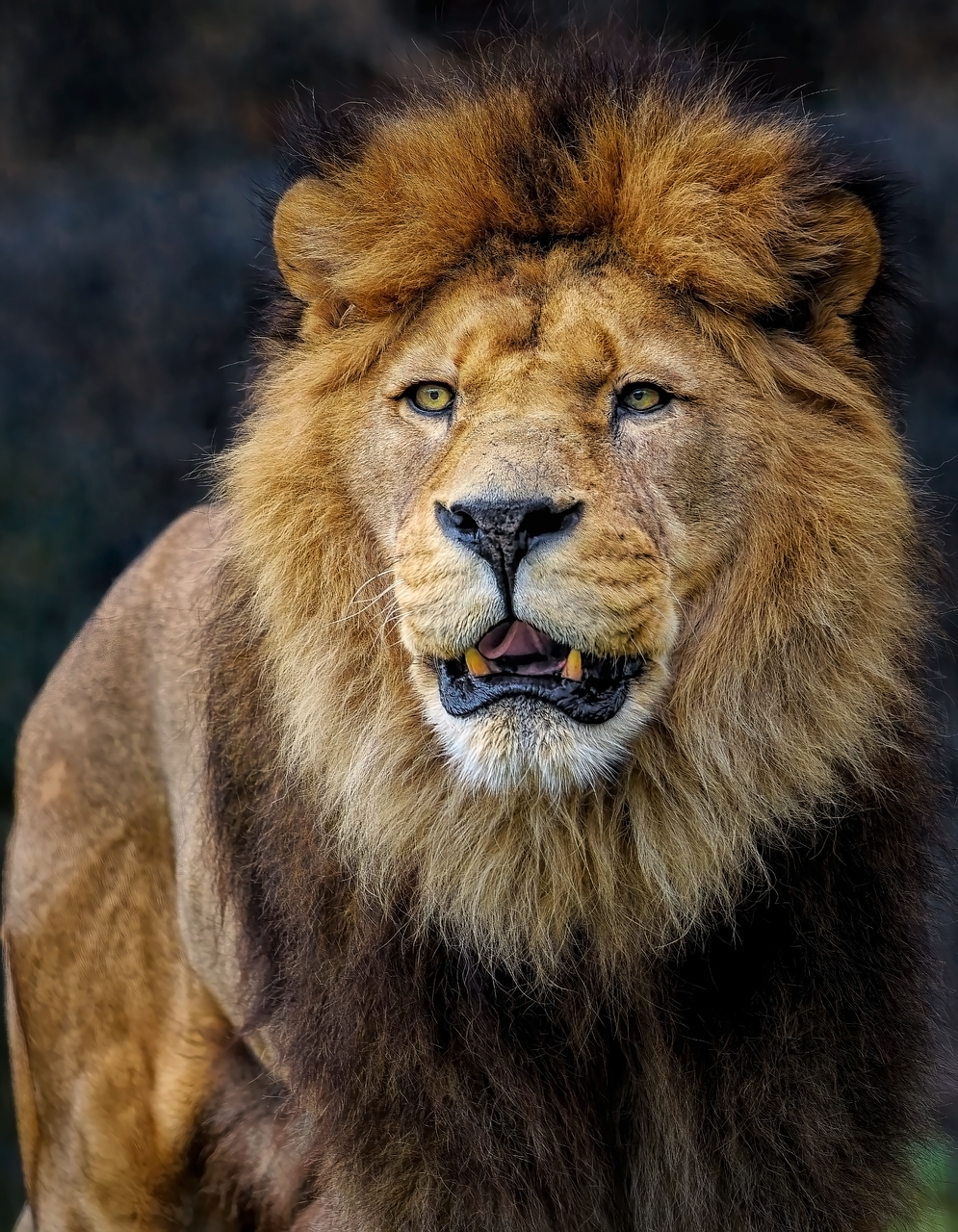
Panthera atrox was the largest cat species ever to live in North America, weighing up to 800 pounds. Fossil evidence suggests they formed small hunting groups to tackle giant bison and horses. These weren’t the ancestors of mountain lions despite sharing the same continent.
Their bone structure shows adaptations for group coordination rather than solitary stalking. Multiple American lion fossils found together indicate they died as a unit, possibly defending their territory from rival prides.
Marsupial Lions Had Bolt-Cutter Jaws

Australia’s Thylacoleo carnifex wasn’t technically a cat at all, but this marsupial predator hunted like one. Their unique jaw structure could slice through bone with incredible force. Recent discoveries suggest they may have worked together to ambush prey at watering holes.
These bizarre creatures had retractable claws and climbed trees better than any modern big cat. Pack hunting would have made them nearly unstoppable in Australia’s ancient ecosystems.
Homotherium Had Scimitar Teeth
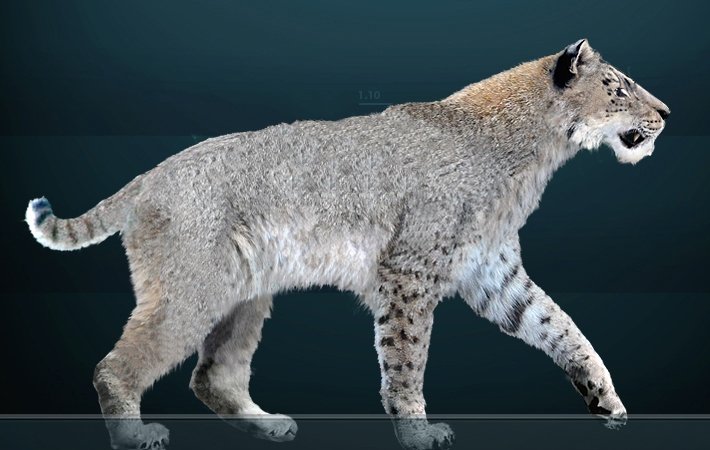
Known as the scimitar cat, Homotherium possessed curved saber teeth perfectly designed for slicing rather than stabbing. Multiple fossils found in single locations across three continents suggest complex social behaviors. These cats lived in family groups and may have shared kills like modern lions.
Their long legs and powerful build made them excellent pursuit predators. Working as a team, they could exhaust large prey over long distances before delivering their signature throat-slicing attack.
Pack Hunting Gave Them Survival Advantages
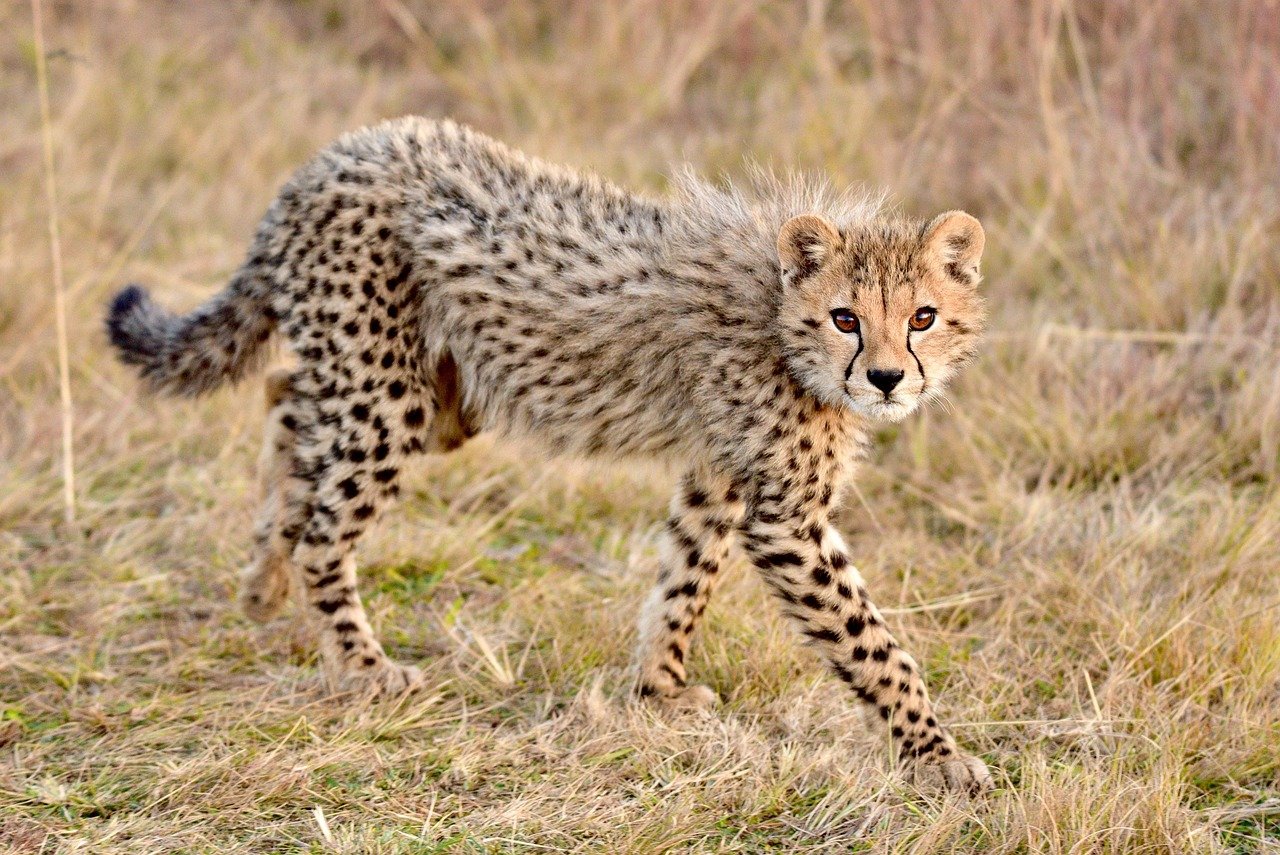
Prehistoric cats faced much larger prey than today’s big cats encounter. Woolly mammoths, giant ground sloths, and massive bison required coordinated attacks to bring down safely. Solo hunters simply couldn’t generate enough force or create sufficient distraction.
Group living also provided protection for cubs and injured adults. These ancient cats invested heavily in their social bonds, which explains why we find their fossils clustered together in death.
Ice Age Prey Was Absolutely Massive

During the Pleistocene, herbivores grew to incredible sizes as an adaptation to cold climates. Giant bison stood six feet tall at the shoulder, while ground sloths reached the size of small elephants. No single predator could reliably take down such massive prey alone.
Pack hunting became an evolutionary necessity rather than just a helpful strategy. These prehistoric cats literally had to work together or face extinction from starvation.
Cave Art Shows Coordinated Hunting
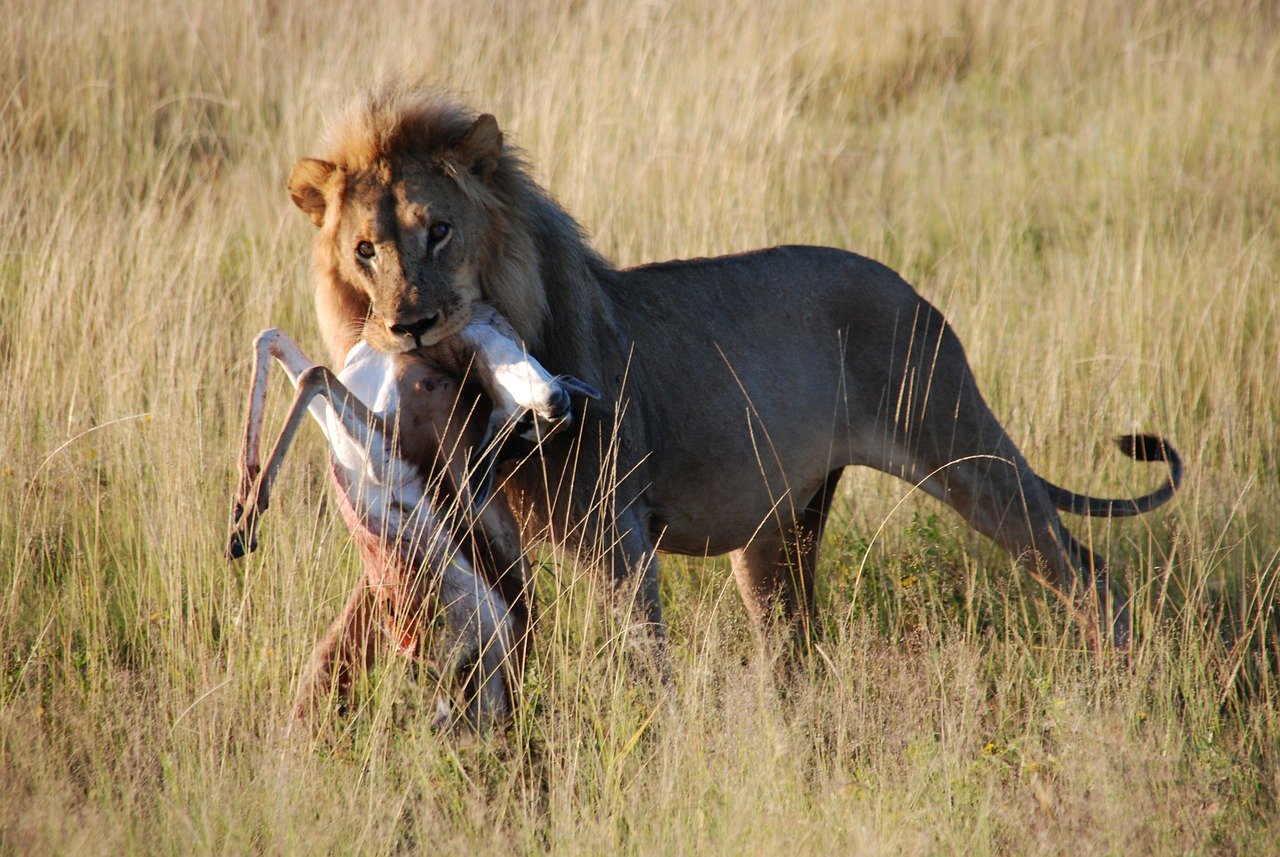
Ancient human artists depicted these cats working together in sophisticated hunting formations. European cave paintings show cave lions surrounding prey while others wait in ambush positions. This suggests humans observed and understood their complex social behaviors.
The artistic evidence matches what paleontologists discover in fossil records. These weren’t random associations but deliberate hunting strategies passed down through generations of prehistoric cats.
Modern DNA Reveals Ancient Relationships
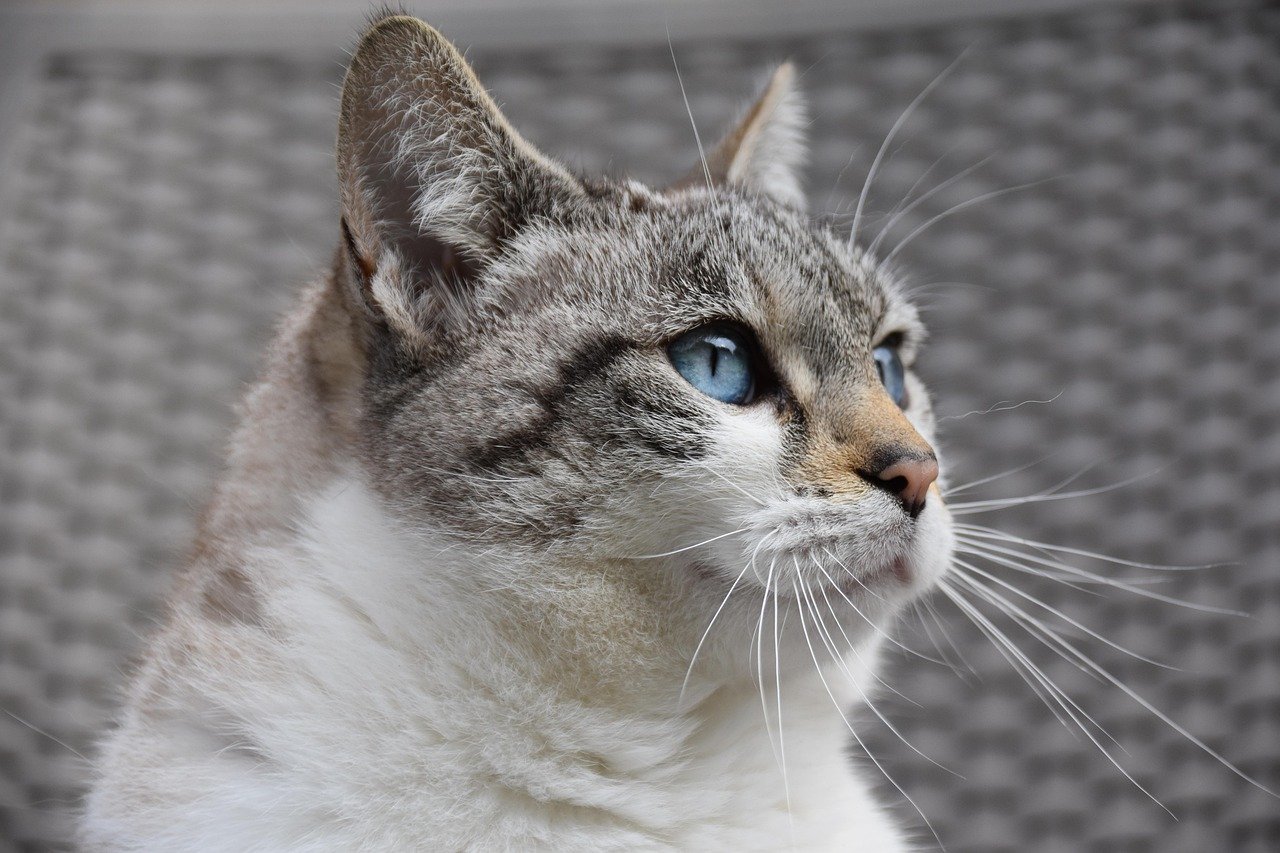
Genetic analysis of preserved specimens shows these prehistoric cats shared common ancestors with today’s social species. The genetic markers for pack behavior appear in multiple extinct lineages, suggesting cooperation was a successful survival strategy.
Scientists can now trace the evolutionary development of social hunting back millions of years. These ancient cats weren’t just experimenting with cooperation—they were perfecting it.
Climate Change Ended Their Reign

As the Ice Age ended, the massive prey species these cats depended on went extinct. Smaller, faster herbivores replaced the giants, making pack hunting less effective than solitary stalking. The cats’ specialized adaptations for group hunting became evolutionary dead ends.
Only the most adaptable species survived the transition. Today’s big cats represent the survivors who could switch between social and solitary hunting strategies as circumstances demanded.
Fossil Evidence Tells the Story
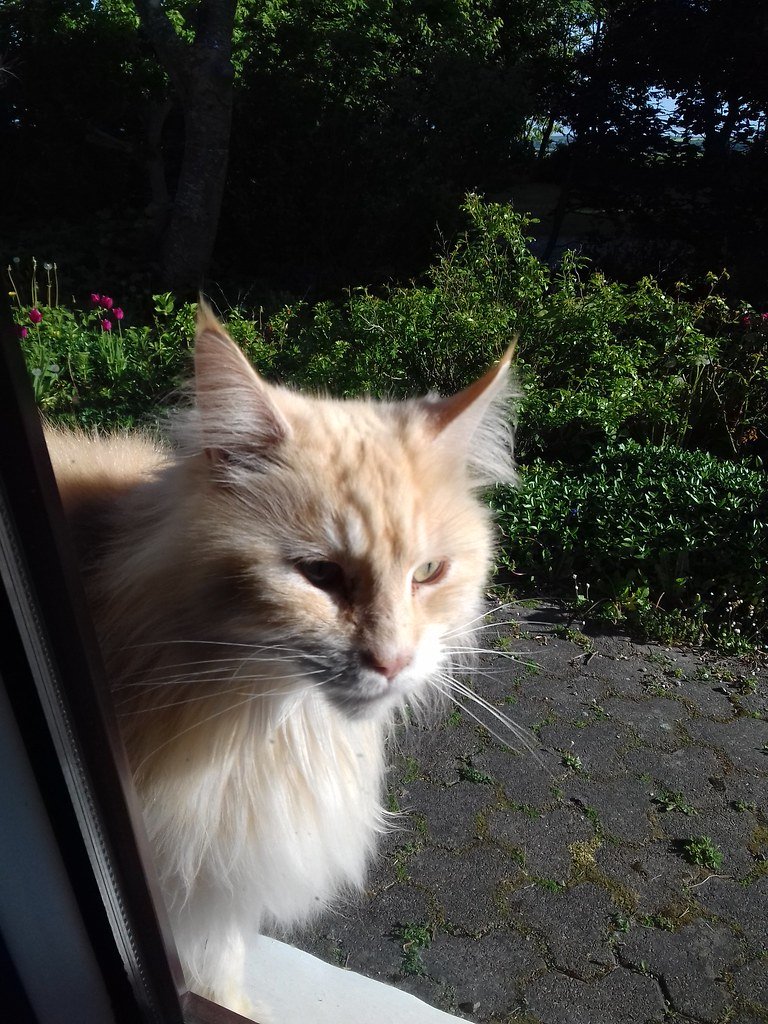
Paleontologists find these ancient cats buried together in remarkable numbers. The La Brea Tar Pits alone contain thousands of saber-toothed cat fossils, with many showing healed injuries that suggest group care. Healthy cats must have supported injured pack members.
Bite marks on fossil bones reveal coordination between attackers. Different cats targeted different body parts simultaneously, maximizing their chances of a successful kill while minimizing individual risk.
They Faced Fierce Competition
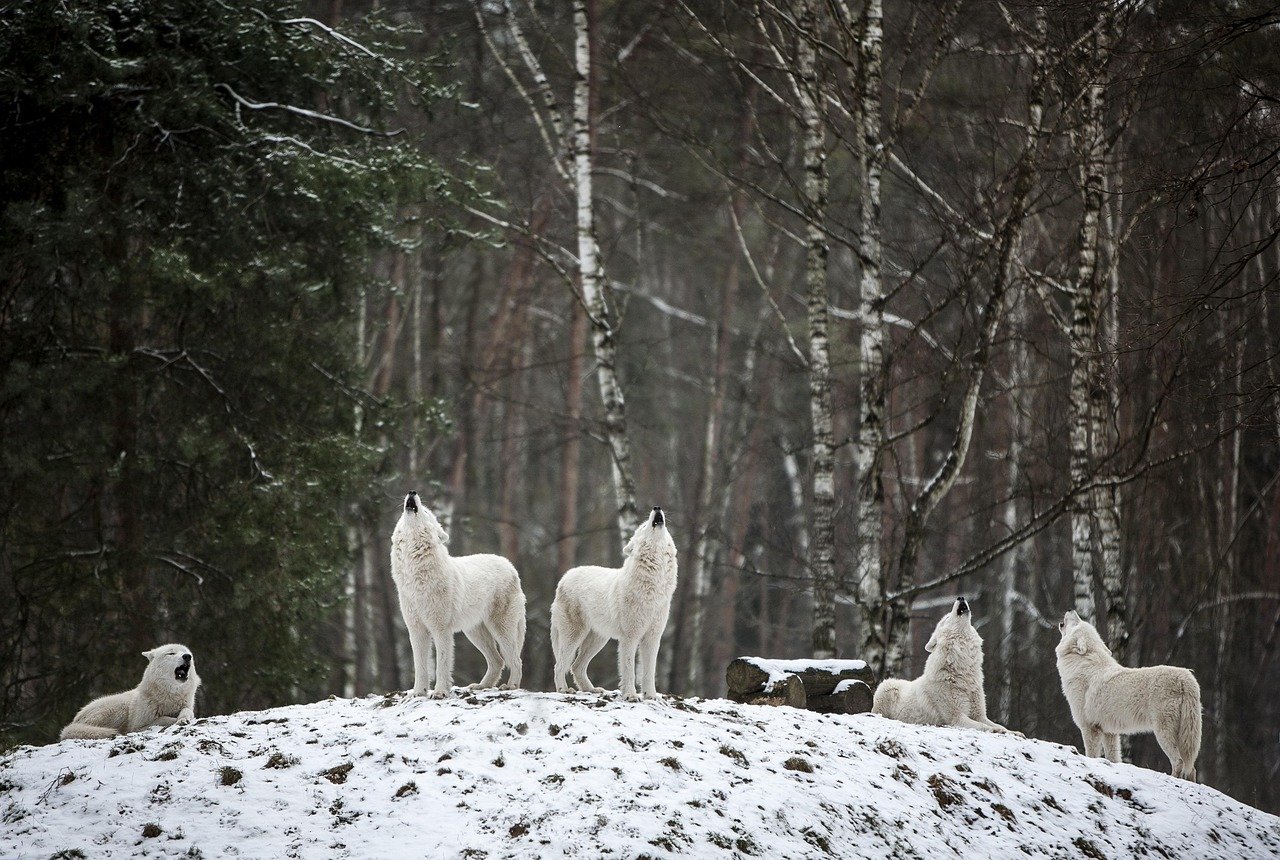
Prehistoric cats didn’t just hunt in packs—they competed against other pack hunters for resources. Giant hyenas, dire wolves, and short-faced bears all used group strategies to dominate their ecosystems. Success required not just cooperation within the pack but superiority over rival groups.
These ancient battlefields must have been incredible spectacles. Multiple species of pack hunters vying for the same massive prey created evolutionary pressure that drove rapid development of social behaviors.
Their Legacy Lives On
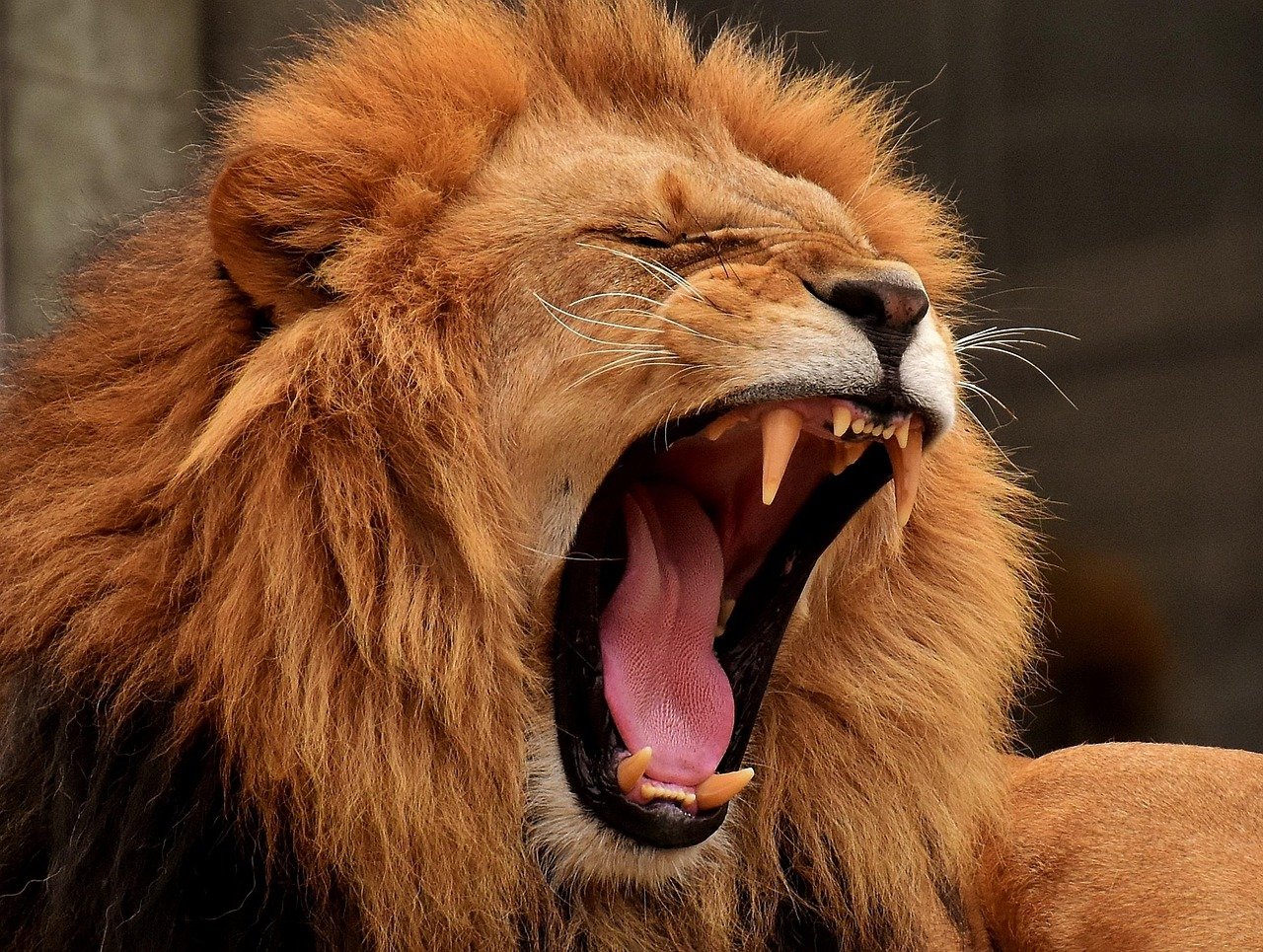
Modern lions still carry genetic echoes of these prehistoric pack hunters. The social structures we see in African prides evolved from millions of years of cooperative hunting strategies. Even solitary cats like tigers retain the capacity for temporary cooperation.
House cats occasionally display pack-like behaviors that puzzle their owners. These domestic moments connect directly back to their prehistoric ancestors who ruled the ancient world through teamwork and coordination.
What We’re Still Learning
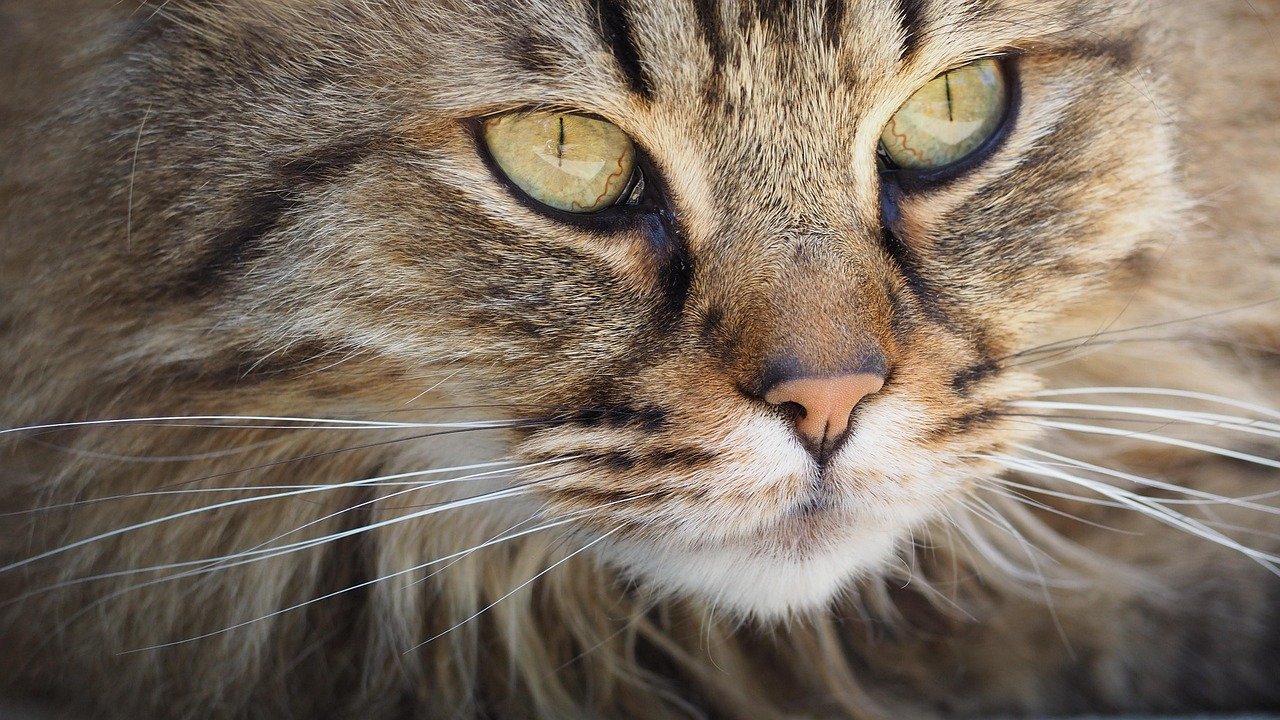
New discoveries continue to reshape our understanding of prehistoric cat behavior. Advanced imaging technology reveals bite patterns and bone modifications that weren’t visible to earlier researchers. Each fossil site adds pieces to the puzzle of how these magnificent predators lived and hunted.
The story of prehistoric pack-hunting cats reminds us that cooperation isn’t just a human trait. These ancient predators understood that sometimes the strongest strategy isn’t individual strength but collective intelligence.
Which of these prehistoric pack hunters would you have been most afraid to encounter in the wild?
Hi, I’m Bola, a passionate writer and creative strategist with a knack for crafting compelling content that educates, inspires, and connects. Over the years, I’ve honed my skills across various writing fields, including content creation, copywriting, online course development, and video scriptwriting.
When I’m not at my desk, you’ll find me exploring new ideas, reading books, or brainstorming creative ways to solve challenges. I believe that words have the power to transform, and I’m here to help you leverage that power for success.
Thanks for stopping by, Keep coming to this website to checkout new articles form me. You’d always love it!






